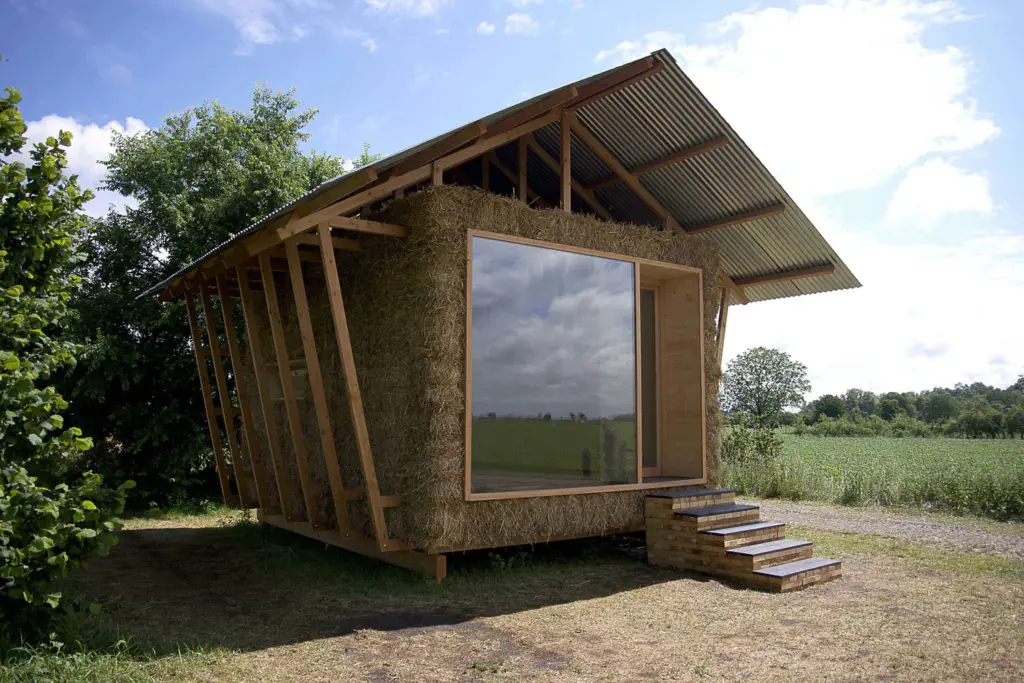In an era dominated by concerns regarding environmental sustainability, the construction industry grapples with a dual challenge: a significant environmental impact and the rising costs associated with cement. This predicament is particularly acute in developing nations like Ghana, where insufficient attention to the selection of building materials compounds environmental issues.
Simultaneously, the disposal of agricultural waste contributes further to the environmental burden. The escalating cost of cement casts a shadow over conventional construction methods, highlighting economic challenges and intensifying the need to explore alternative, cost-effective materials.
Within this complex landscape, agro-waste emerges as a transformative force, offering ecological benefits and a promising solution to alleviate financial burdens on the construction industry. This prompts a closer examination of how agro-waste navigates the intricate intersection of environmental sustainability and economic viability in construction practices.

Key Advantages of Agro Waste in Construction:
- Environmentally Friendly Construction: Agro waste significantly reduces the environmental impact by decreasing reliance on traditional materials with a substantial carbon footprint.
- Resource Efficiency: Agro waste-based materials address concerns related to resource scarcity, requiring fewer resources during production.
- Affordability and Accessibility: Abundant and cost-effective, agro waste provides a financially viable solution for sustainable construction practices, especially in regions with cost constraints.
- Innovative Insulation Properties: Certain agro-waste-based materials contribute to improved energy efficiency within buildings, enhancing comfort and functionality.
- Biodegradability: Agro-waste-based materials are often biodegradable, ensuring responsible disposal at the end of a building’s life cycle.
Examples of Agro Waste Success Stories:
- Rice Husk Ash Concrete:
- Enhanced strength and durability
- Reduction in environmental impact
- Waste utilization
- Improved workability
- Cost-effectiveness
- Resistance to chemical attacks
- Reduced thermal cracking
- Bamboo for Sustainable Structures:
- Fast-growing, renewable resource
- Versatility and strength for constructing resilient and eco-friendly structures
- Palm Kernel Shell Concrete:
- Lightweight concrete with enhanced insulation properties
- Improved energy efficiency
- Alignment with sustainable practices
- Promotion of resource efficiency
- Reduction in construction costs
- Showcases environmentally friendly construction practices
- Groundnut Shell Ash in Concrete:
- Enhanced strength
- Reduced environmental impact
- Resource efficiency
- Cost-effectiveness
- Improved workability
- Coconut Shell Ash in Construction:
- Utilized for its pozzolanic properties in concrete production
- Enhances the durability and strength of concrete
- Contributes to the reduction of greenhouse gas emissions in the construction process
In an era where sustainable practices take precedence, agro-waste emerges as a beacon of change within the construction industry. Repurposing agricultural byproducts not only addresses the waste crisis but also lays the foundation for a more resilient, environmentally conscious built environment. As society envisions a future where construction seamlessly integrates with the natural world, agro-waste stands as a symbol of progress—a catalyst for change that transcends mere cost considerations.
The success stories of agro-waste applications showcase not only technical advancements but also the transformative power of integrating nature into the built environment. As we embark on a journey towards a sustainable future, agro-waste becomes more than a material choice; it represents a conscious decision to build responsibly, leaving a positive legacy for generations to come. It is a testament to our commitment to building a world where structures not only endure but thrive, harmonizing with the ecosystems they inhabit.





















